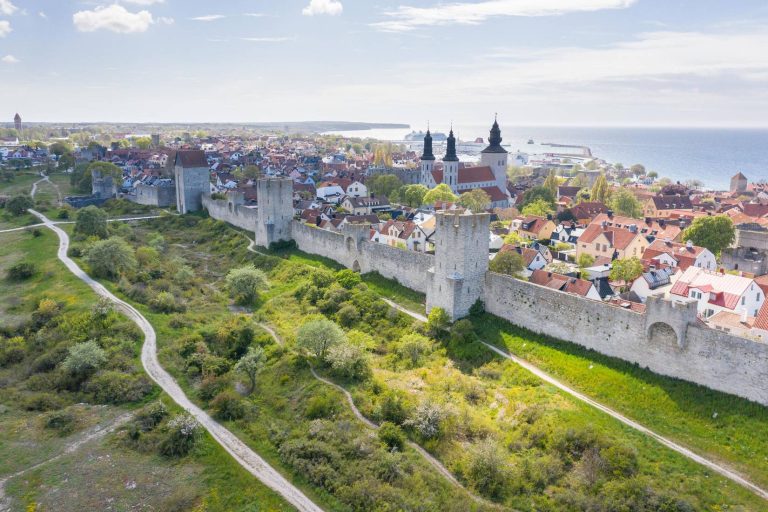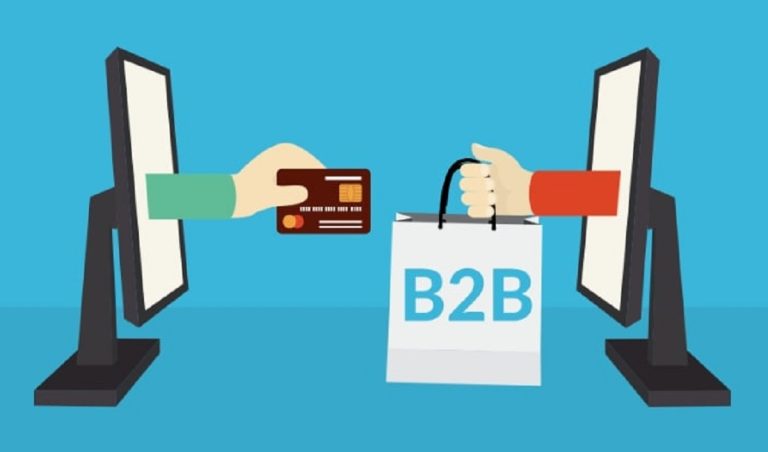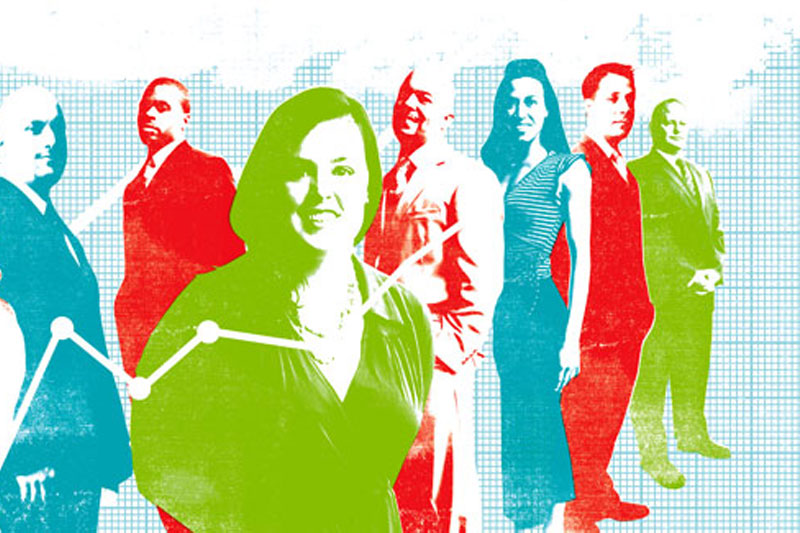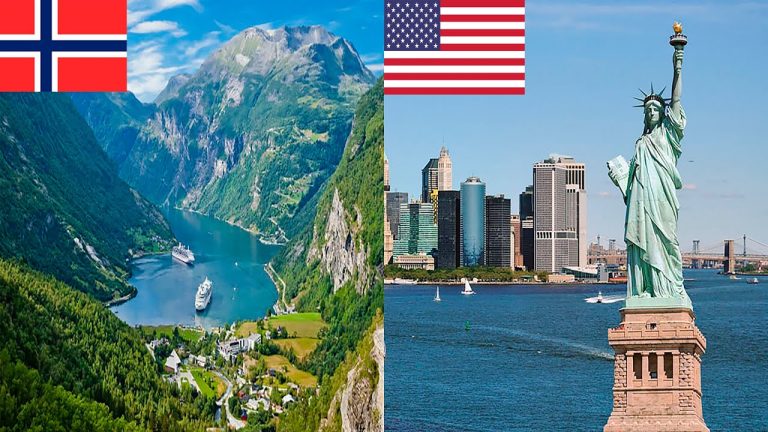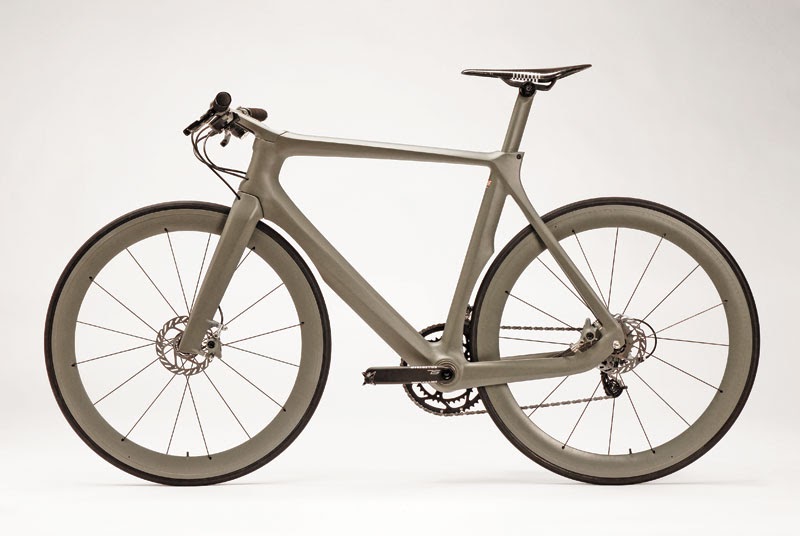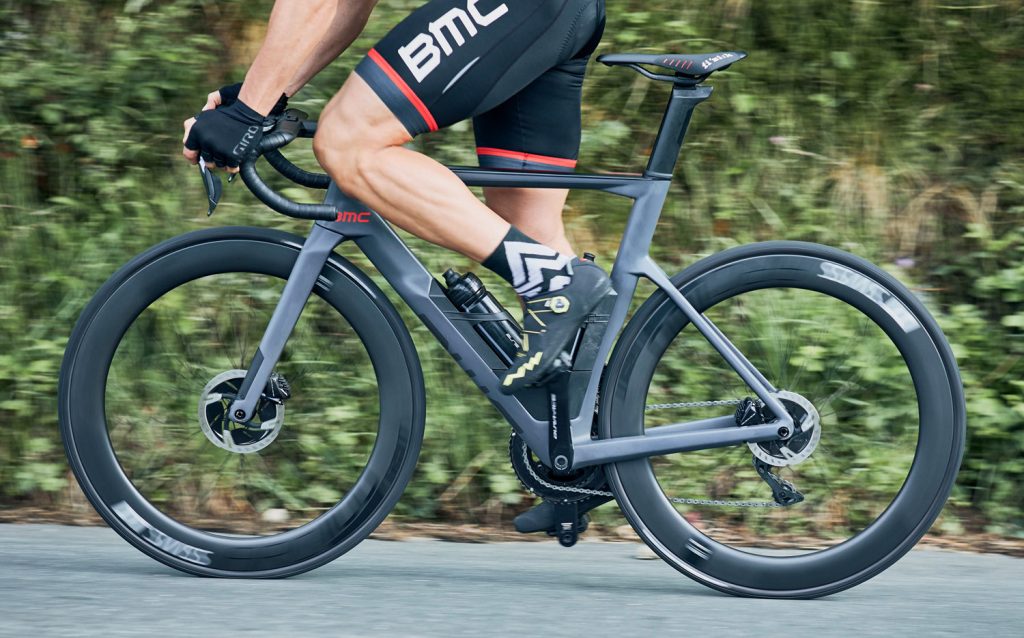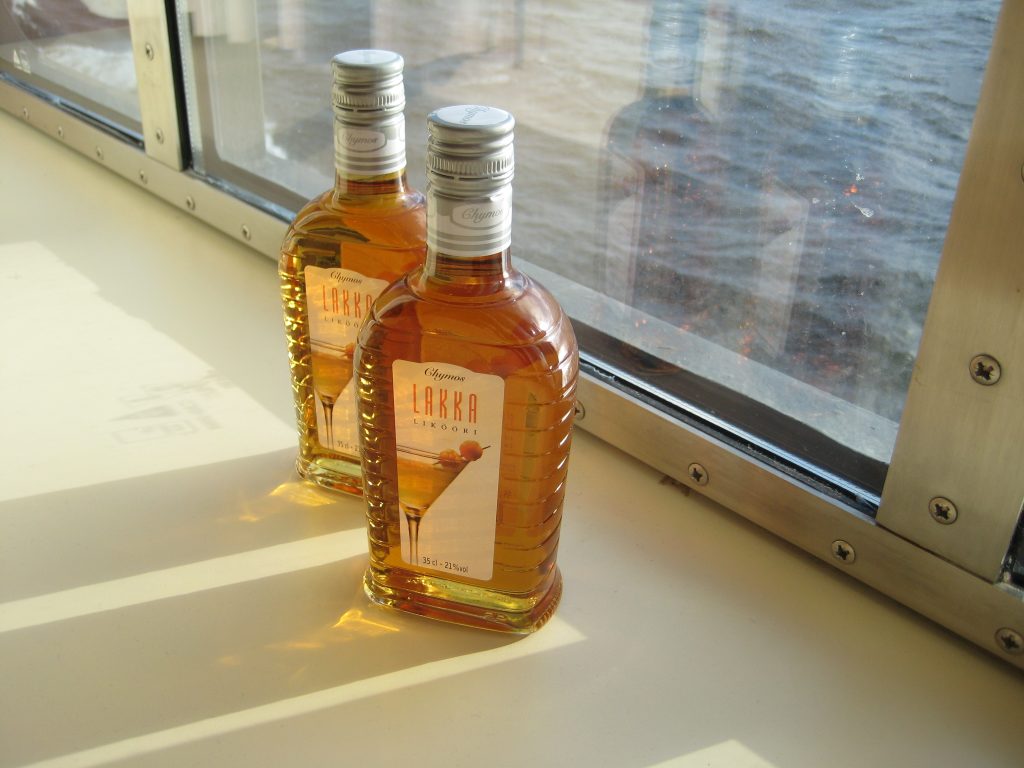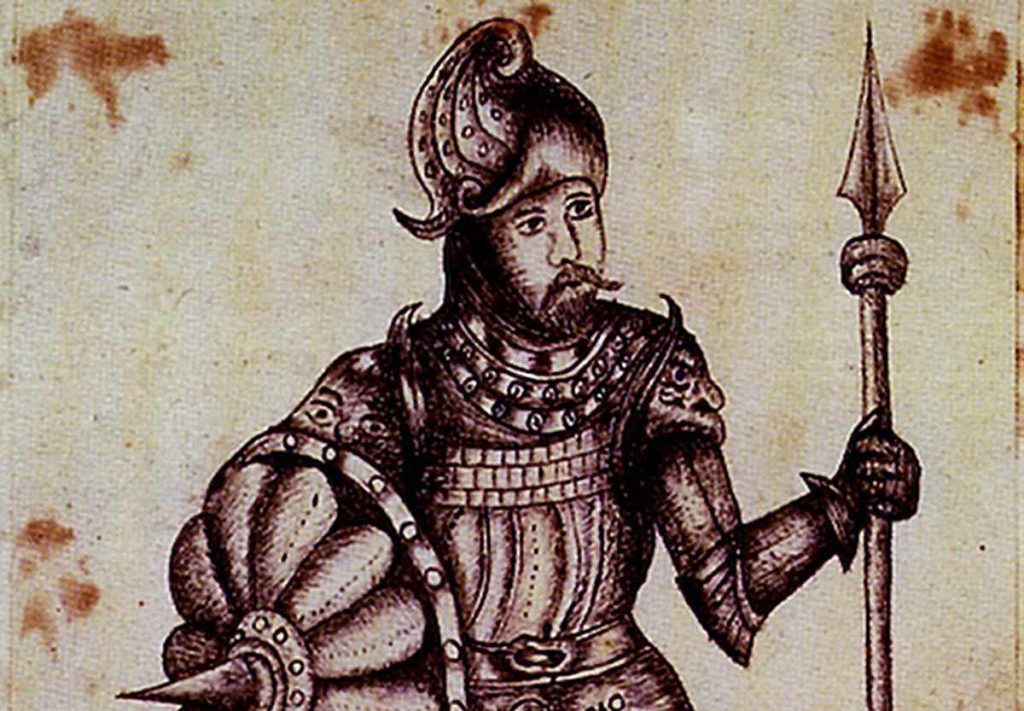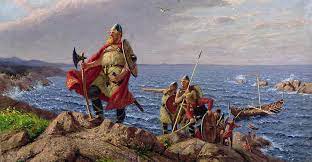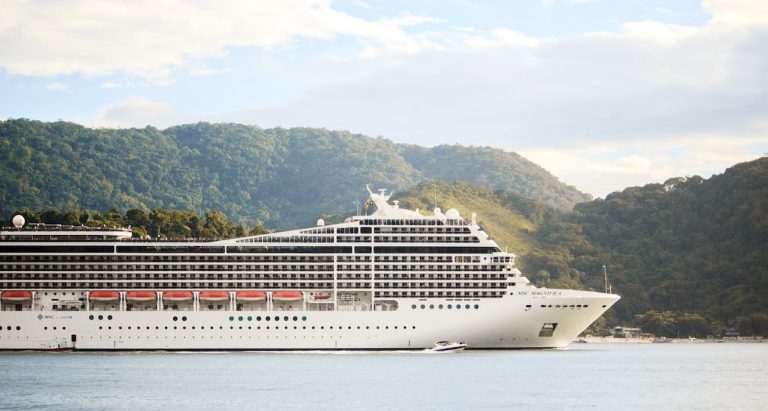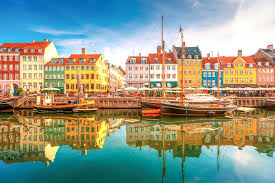Some historians claim that the Vikings discovered Svalbard in 1194. However, there’s no evidence of this outside of the mention of ‘Svalbarði’, the ‘cold rim’ in the Chronicles. Fact is that in May 1596, a Dutch navigator, Willem Barentsz, set sail from Amsterdam looking for a northern sea route to China. That was the true beginning of the fascinating tale of the Norwegian Arctic wilderness.
Barentsz never found the Northeast Passage but the sea between Scandinavia and Svalbard bears his name today. On his journey, Barentsz struggled to distinguish between what was real and what was not: He saw three suns and three rainbows in the sky, as well as swans that turned out to be drift ice. After five weeks and an epic battle with a giant bear, he spotted an island that was “nothing more,” as he wrote, “than mountains and pointed peaks”; he named it Spitsbergen, or “pointed mountains,” for its jagged hills. Spitsbergen has since been the name of the largest of the nine main islands.

Related: Fantastic Svalbard
In 1604, a Walrus hunting expedition to Bjørnøya was organized by the the Muscovy Company, a British trading company. Their lack of expertise meant they weren’t very successful, but they returned over the next few years, killing more and more each time until they eventually reached local extinction.
In 1906, a businessman from Michigan, John Munro Longyear, started coal-mining there with his Arctic Coal Company. Longyearbyen (“The Longyear town”) is the world’s northernmost settlement with a population of over 1,000 and the largest inhabited area of Svalbard.
The Fascinating Tale of the Norwegian Arctic Wilderness, the article continues below the image.

The islands were explored by the American Henry Hudson in 1607 and three years later the islands became the focus of a more commercial activity.
The Muscovy Company then turned its attention to Spitsbergen, where whales had been reported in huge numbers. Their first expedition in 1611 ended in shipwreck and rescue.
In 1612 they sent out a fresh expedition and encountered Dutch and Spanish whalers. These were expelled by the Muscovy Company using force, which led to an international conflict.

Related: Homage to Svalbard
In 1916, Store Norske Spitsbergen Kulkompani (SNSK) took over the mining operations. At that time there was no agreement about sovereignty. There was no native population, and those who had successfully navigated the treacherous journey there found fjords teeming with baleen whales and mountains seamed with coal. The Longyear City was established in 1926.
Located 580 miles (930 km) North of Tromsø, roughly halfway between Norway and the North Pole, Svalbard is an archipelago comprising nine main islands with a total area of 24,209 square miles (62,700 square km). At 74-81 degrees north in latitude, it’s well inside the Arctic Circle. It’s certainly not the sort of place you stumble upon while sailing anywhere you’d want to be!
The Fascinating Tale of the Norwegian Arctic Wilderness, the article continues below the image.

After World War I, in February 1920, the Svalbard Treaty granted Norway full sovereignty over the archipelago, but prohibiting “warlike activities” and establishing all signatories the right to mine. The proviso was that all nationals named in the Svalbard Treaty should have equal right to live and work there.
As a result, the islands today are extraordinarily diverse, with 55 different citizenships represented by the approximately 3,000 residents, many of whom are environmental scientists, biologists and other researchers, people servicing the growing tourism industry and those in search of adventure and low taxes.

From 1990 to 2011, the Russian and Ukrainian population fell from 2,300 to 370, while the Norwegian population increased from 1,100 to 2,000.
Historically, Longyearbyen was a company town, but most mining operations moved to Sveagruva during the 1990s.
The German Kriegsmarine almost completely destroyed the town on 8 September 1943, but rebuilding took place after the Second World War.

During the Cold War there were increased tensions between Norway and the Soviet Union, particularly regarding the building of an airport. There was limited oil drilling, and by 1973 more than half the archipelago was protected. Starting in the 1970s, Longyearbyen underwent a process of “normalization” to become a regular community. The 1990s and 2000s have seen major reductions of the Russian population and the creation of scientific establishments in Ny-Ålesund and Longyearbyen. Tourism has also increased and become a major component of the economy of Longyearbyen.
Due to immense financial losses suffered by SNSK since 2014 due to market conditions, coal mining ceased in 2017. Meanwhile, the town has seen a large increase in tourism and research. This includes the arrival of institutions such as the University Centre in Svalbard, the Svalbard Global Seed Vault and Svalbard Satellite Station. Svalbard Airport, Svalbard Church, the Svalbardbutikken department store and recently, the world’s northernmost art museum serve the community.
The Fascinating Tale of the Norwegian Arctic Wilderness, the article continues below the image.

Why and how can people live far up north in a place like this? Stein-Ove Johannessen is the chief executive of Svalbard Hotell. Johannessen worked at a Michelin-starred restaurant in London and moved to Svalbard on a whim for a job. He intended to stay for a season but has remained for 23 years. His children were born on the mainland and brought here when they were days old. Births and burials aren’t permitted on the archipelago, because of limited health care services and permafrost, respectively.
Freedom and the wilderness, the changing light have captured him. There is an endless twilight, he claims.
The findings of the health psychologist Kari Leibowitz — who conducted a study in Svalbard, Tromsø and Oslo in 2015 as part of a U.S. Fulbright grant to Norway — are part of a growing body of research that calls into question the relationship between seasonal affective disorder and the sun’s disappearance. Instead of depression brought on by lack of sunlight found in other parts of the world, she found that in Norway a positive wintertime mind-set appears to increase with latitude.
The Fascinating Tale of the Norwegian Arctic Wilderness, written by Tor Kjolberg
Feature image (on top): © Visit Svalbard



